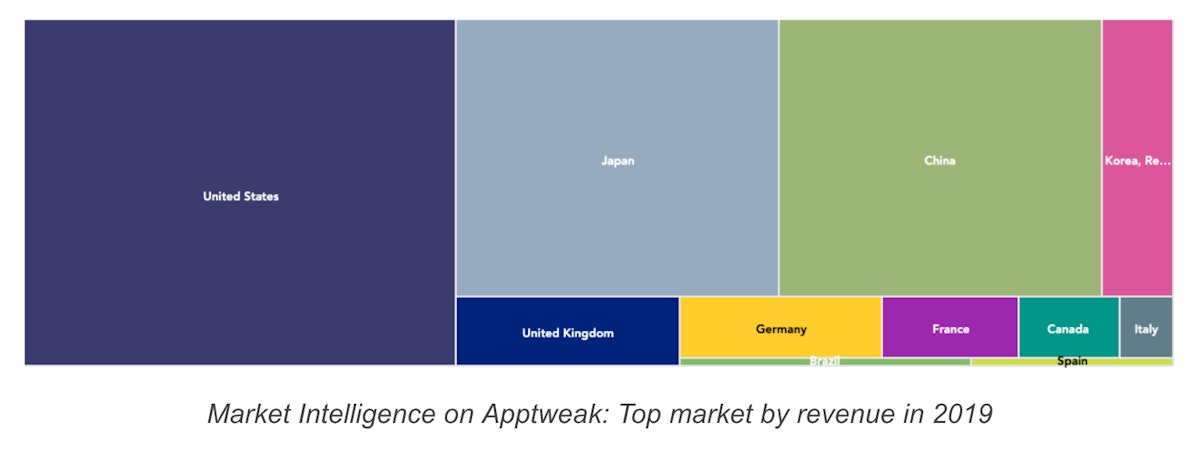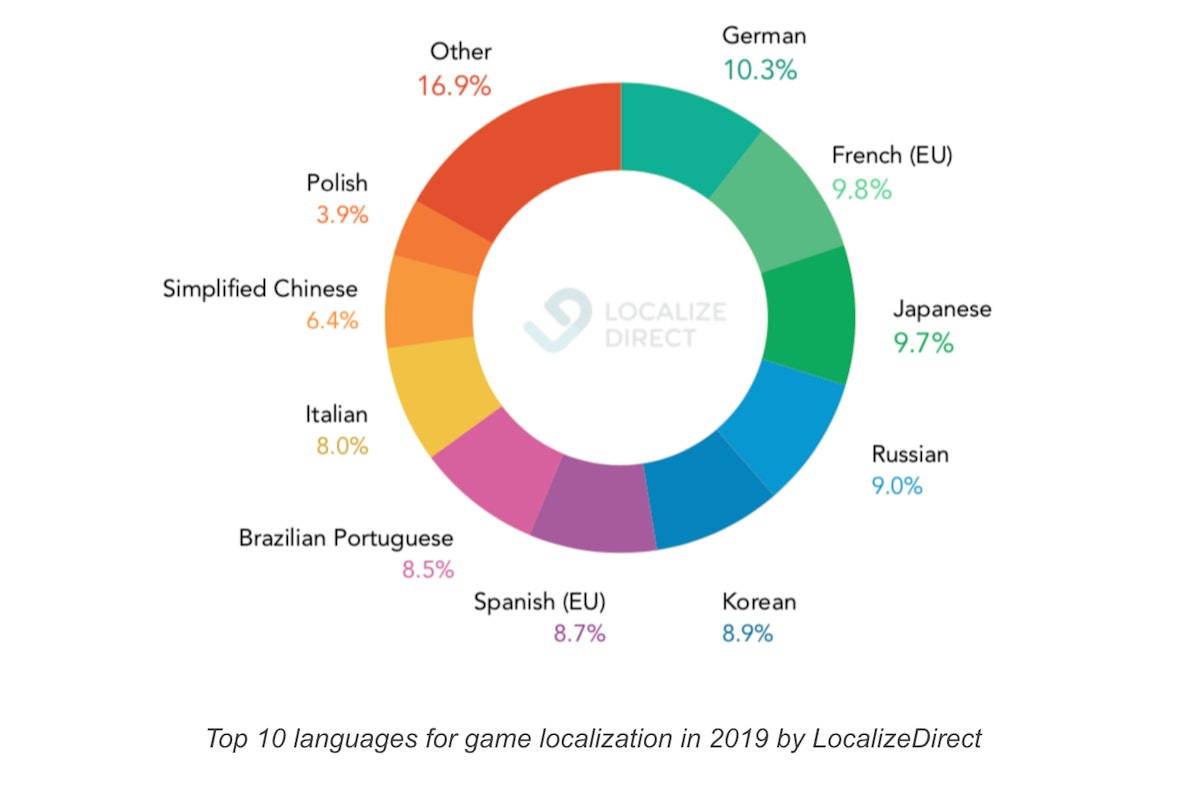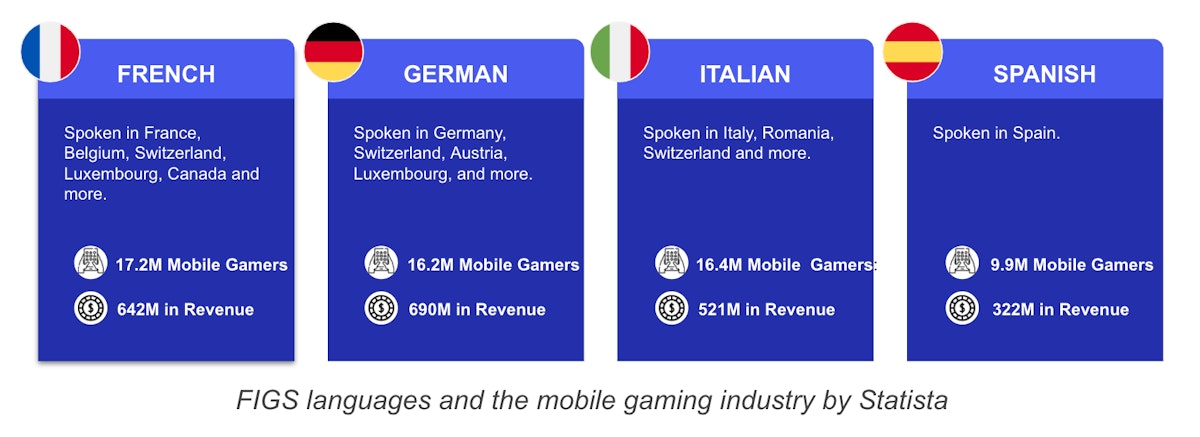
How to Decide Which Languages to Localize Your Game into?
As many new major markets emerge where English proficiency is low, localization becomes the ultimate way to break into those markets and reach a large pool of users. But, which languages are the most impactful to localize your game into? We had a quick look at various data and have identified the most popular languages for game localization.
Today, the App Store is available in 40 languages and Google Play in 51 languages which provide an opportunity to easily grow your app worldwide and reach a global audience. Localization helps make your app resonate better with various people and cultures around the world and therefore boost your app’s visibility and downloads in the app stores. But, localization is not easy and requires a lot of resources thus, it is important to pick the languages that will be the most impactful and beneficial for your game. To help you make your selection, we have looked at various factors.
Factors to consider when selecting the best languages for localization
- Localize for languages used by your users: The first element to look at when deciding which language(s) to localize in should be your users’ location. Your users are the most important driver for your game’s success and they are the best indicator of how your app will perform in a given market. Have a look at where your game is currently gaining traction even though it is not localized yet. For instance, if your game shows a consistent and considerable number of downloads in Germany, it means that localizing into German is going to attract even more users, even if German is not necessarily the most widely spoken language worldwide. Knowing where your potential users are gives you an idea of where to localize your game first.

Boost your app downloads with these best practices for localization.
Which languages are worth localizing your game into?
The most popular languages supported by the App Store other than English are: Spanish, French, Italian, German, Portugese, Japanese, Korean, and Simplified Chinese.

You can notice, FIGS (French, Italian, German, Spanish) remain very popular languages in game localization and are vital to the growth of games on an international level. However, their share has dropped from about 40-45% to about 35% with the rise of new languages.
Thus, localization into FIGS languages should still be considered a top choice today because this combination of languages allows you to reach a wide range of potential users in “mature” markets where revenues and purchasing powers are high.
Still, localizing for FIGS only is not enough to cover the whole gaming market as many large other markets emerge rapidly. In fact, some experts even think that FIGS will be replaced by BRIC (Brazil, Russia, India, China) as they account for about 40% of the world population, while others say CJK (China, Japan, Korea) will be the next trend.
Fastest growing languages on the App Store
For the past few years, new languages have started rising including Polish, Korean, Simplified Chinese, Japanese and even Turkish. These languages become more and more popular as the number of gamers and local game developers studios increase considerably.

You can see that most of the fastest-growing game localization languages are languages spoken in countries where English is very little spoken. So localization is important more so in those countries where the language is a huge barrier in order to reach out and connect with people.
Which languages to start with for app store localization?
If you are just starting to localize your game, FIGS languages would be where to start. But if your game is already localized for FIGS and you are looking to expand into new markets, we recommend considering the following languages:
- Simplified Chinese
- Japanese
- Brazilian Portugese
- Russian
- Korean
- Turkish
- Polish
- Swedish
Finally, game developers in Europe and North America generally go for FIGSPR (French, Italian, German, Spanish, Portuguese, and Russian) whereas Asian studios opt more for Asian languages to start with including mostly CJK (Chinese, Japanese, and Korean). Thus, if you have the opportunity to localize your game in many languages, these would be the best ones to start with.
Conclusion
Start localizing your storefronts for languages your game already supports and avoid localizing the ones that are not supported inside the game as users might feel cheated. Localizing not only your game but also metadata is crucial when launching your game in new markets.




 Ian Pernia
Ian Pernia

 Justin Duckers
Justin Duckers



